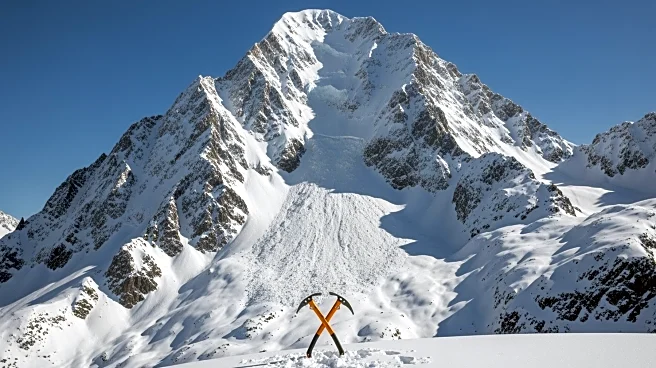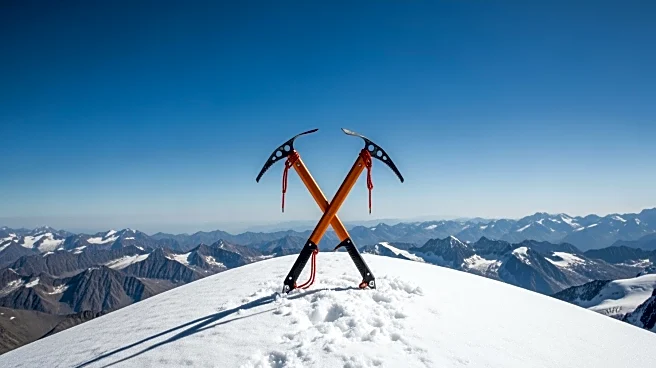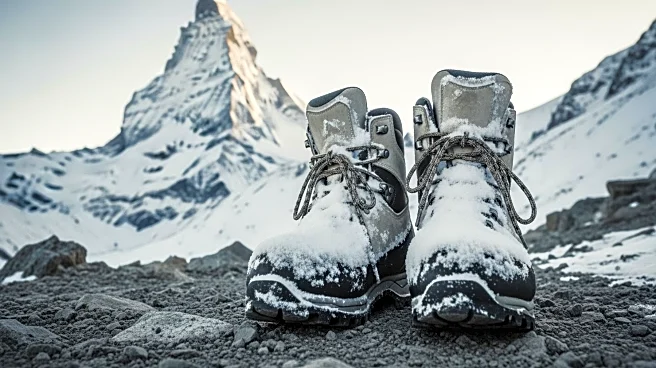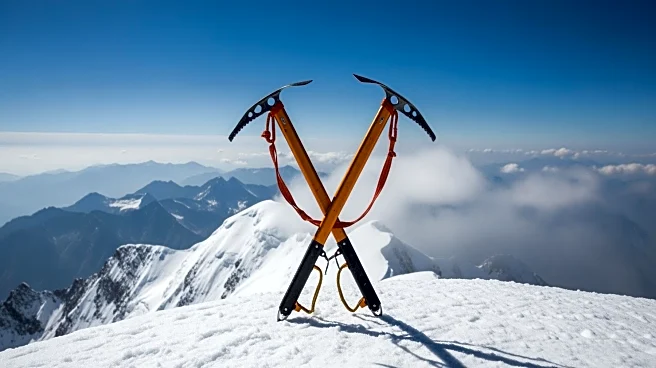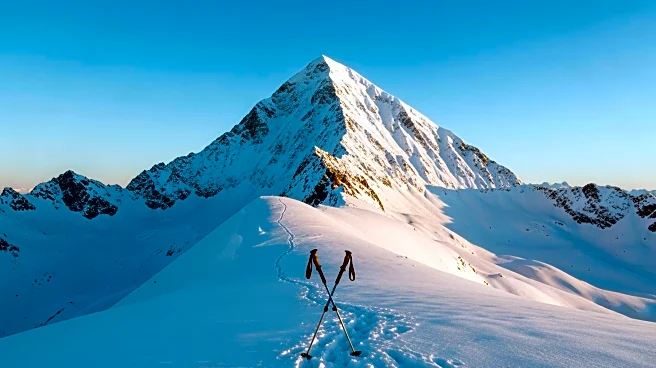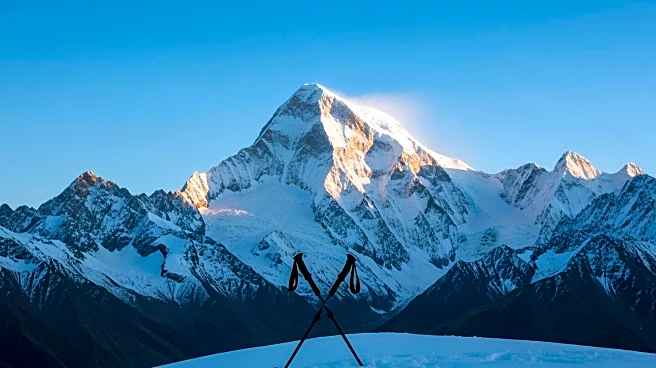What's Happening?
An avalanche on Mount Yalung Ri in Nepal has resulted in the deaths of seven climbers, including five foreign nationals and two Nepali guides. The incident occurred at a base camp situated at an altitude
of 16,070 feet. The nationalities of the foreign climbers have not been disclosed. Additionally, five other climbers sustained injuries. Rescue operations are underway, but adverse weather conditions have hindered efforts, forcing a rescue helicopter to turn back. The U.S. Department of State is monitoring the situation closely, emphasizing the safety and security of U.S. citizens. Mount Yalung Ri, standing at 18,370 feet, is known for being accessible to climbers with no prior high-altitude experience.
Why It's Important?
The tragedy highlights the inherent risks associated with mountain climbing, even on peaks considered suitable for beginners. The incident underscores the challenges faced by rescue operations in remote and high-altitude areas, particularly when compounded by adverse weather conditions. The involvement of foreign climbers brings international attention to the safety measures and emergency response capabilities in Nepal's popular climbing destinations. This event may prompt a review of safety protocols and emergency preparedness for climbers and guides in the region, potentially impacting the tourism industry that relies heavily on mountaineering activities.
What's Next?
Rescue teams are expected to make another attempt to reach the site as weather conditions improve. The incident may lead to increased scrutiny of climbing expeditions in Nepal, with potential calls for enhanced safety measures and better communication systems for emergencies. The U.S. Department of State and other foreign governments may issue travel advisories or provide additional support to their citizens involved in such activities. The outcome of the rescue efforts and subsequent investigations could influence future regulations and guidelines for climbing expeditions in the Himalayas.
Beyond the Headlines
This incident may raise ethical questions about the commercialization of mountaineering in Nepal, where the allure of climbing famous peaks often overshadows the risks involved. The balance between promoting tourism and ensuring climber safety could become a focal point for discussions among stakeholders, including local authorities, tour operators, and international climbing communities. Long-term, this could lead to a shift in how climbing expeditions are marketed and managed, with a greater emphasis on safety and environmental sustainability.


